Spring is perhaps here. I have at last been able to put the measuring of grass back into my weekly jobs.
I didn’t think I would ever find myself excited about this time consuming but worthwhile task.
However, given the inclement weather this spring, it has been a welcome sight to see the fields beginning to green up.
Grass growth on the farm has started to improve this last week. Grass growth rates are now at 41kg DM/ha/day and demand is currently at 34kg DM/ha/day.
This has thankfully allowed me to drop out four fields from the grazing rotation for silage. I plan to spread one bag of 18-6-12 per acre across the farm this week in order to keep grass moving on, now that things seem to be turning in a more positive direction for a change.
Concentrate
I will start to reduce the amount of concentrate that the mature ewes have been receiving. I will maintain creep feeding the lambs with the hoggets until weaning.
Last week when dosing the first mob of lambs, I weighed them as they were seven weeks old. Despite the bad weather that they had to put up with they averaged 19kg lightweight with an average daily liveweight gain of 290g a day.
I plan to dose and weigh the lambs from the two CPT groups this week. It will be interesting to see how they have performed this spring given that they have received no concentrate supplementation.
My small tillage operation will hopefully get planted this week. As usual, I will be going with a seed crop but my plans to sow oats has now changed to barley given how late in the season it now is.
Hopefully, I get a good crop and plenty of straw this year as it will all be needed for next winter. This time last year I already had the first of my reseeding done but nothing has been completed yet this year as the fields haven’t greened up enough to burn off.
Hopefully, with some more warmer days, this will happen shortly.
Sheep numbers
Maintaining sheep numbers within my flock for the Sheep Welfare Scheme may be more difficult this year than normal unless the Department introduces some degree of flexibility to allow for more normal flock trading practices.
This year, I have noticed a higher proportion of ewes than normal with mastitis which was most likely due to the bad weather over the spring.
Normally, these would be culled from the system after weaning along with any other problem or underperforming ewes with the hogget ewes on the farm normally more than replacing what gets sold.
This year, I’m not sure if I will be able to sell off anymore than the problem ewes as otherwise it may reduce my ewe numbers for the welfare scheme too much.
It is a catch 22 as the least-performing ewes add cost to the system but with a closed flock I’m not prepared to go out and purchase in extra replacement hoggets for the few months that they would be required, especially given that it would present a considerable biosecurity risk that could cost me a lot more.
Read more
Farmer Writes: high stock numbers pointless if feed supplies don't match
Farmer Writes: glad to see the back of spring 2018
Spring is perhaps here. I have at last been able to put the measuring of grass back into my weekly jobs.
I didn’t think I would ever find myself excited about this time consuming but worthwhile task.
However, given the inclement weather this spring, it has been a welcome sight to see the fields beginning to green up.
Grass growth on the farm has started to improve this last week. Grass growth rates are now at 41kg DM/ha/day and demand is currently at 34kg DM/ha/day.
This has thankfully allowed me to drop out four fields from the grazing rotation for silage. I plan to spread one bag of 18-6-12 per acre across the farm this week in order to keep grass moving on, now that things seem to be turning in a more positive direction for a change.
Concentrate
I will start to reduce the amount of concentrate that the mature ewes have been receiving. I will maintain creep feeding the lambs with the hoggets until weaning.
Last week when dosing the first mob of lambs, I weighed them as they were seven weeks old. Despite the bad weather that they had to put up with they averaged 19kg lightweight with an average daily liveweight gain of 290g a day.
I plan to dose and weigh the lambs from the two CPT groups this week. It will be interesting to see how they have performed this spring given that they have received no concentrate supplementation.
My small tillage operation will hopefully get planted this week. As usual, I will be going with a seed crop but my plans to sow oats has now changed to barley given how late in the season it now is.
Hopefully, I get a good crop and plenty of straw this year as it will all be needed for next winter. This time last year I already had the first of my reseeding done but nothing has been completed yet this year as the fields haven’t greened up enough to burn off.
Hopefully, with some more warmer days, this will happen shortly.
Sheep numbers
Maintaining sheep numbers within my flock for the Sheep Welfare Scheme may be more difficult this year than normal unless the Department introduces some degree of flexibility to allow for more normal flock trading practices.
This year, I have noticed a higher proportion of ewes than normal with mastitis which was most likely due to the bad weather over the spring.
Normally, these would be culled from the system after weaning along with any other problem or underperforming ewes with the hogget ewes on the farm normally more than replacing what gets sold.
This year, I’m not sure if I will be able to sell off anymore than the problem ewes as otherwise it may reduce my ewe numbers for the welfare scheme too much.
It is a catch 22 as the least-performing ewes add cost to the system but with a closed flock I’m not prepared to go out and purchase in extra replacement hoggets for the few months that they would be required, especially given that it would present a considerable biosecurity risk that could cost me a lot more.
Read more
Farmer Writes: high stock numbers pointless if feed supplies don't match
Farmer Writes: glad to see the back of spring 2018




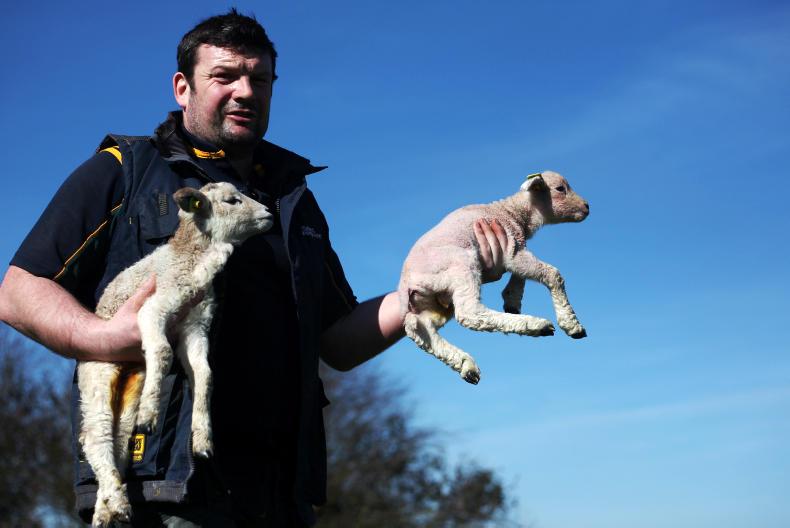
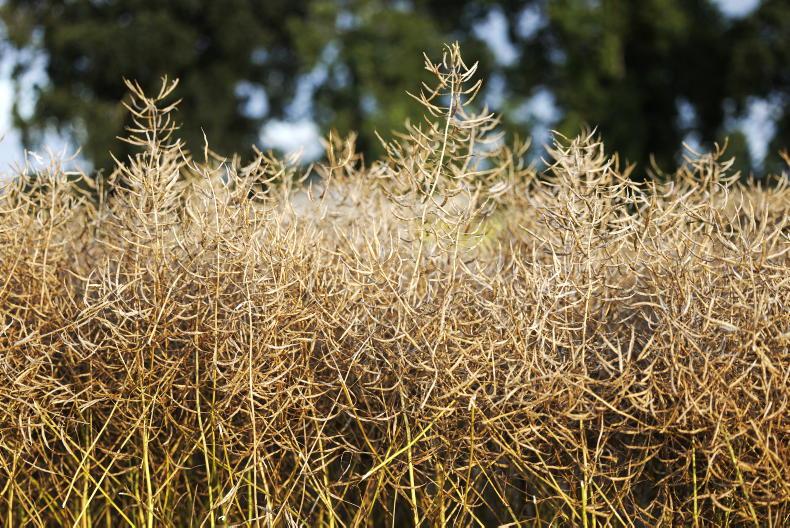

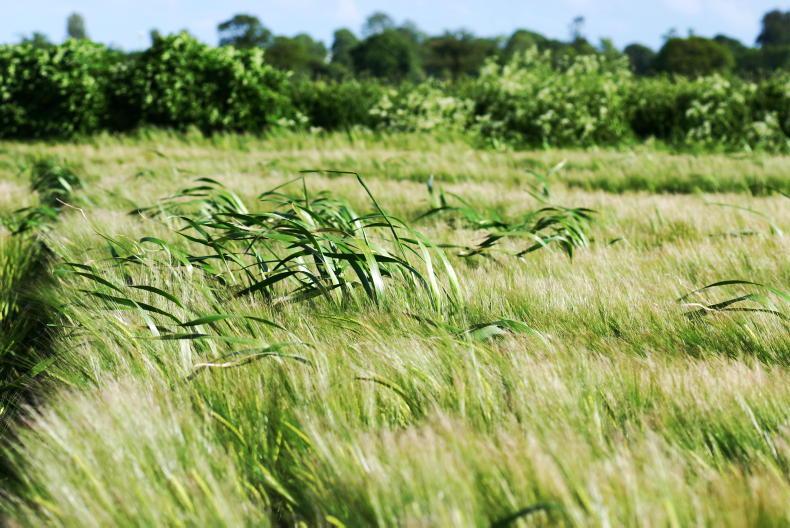
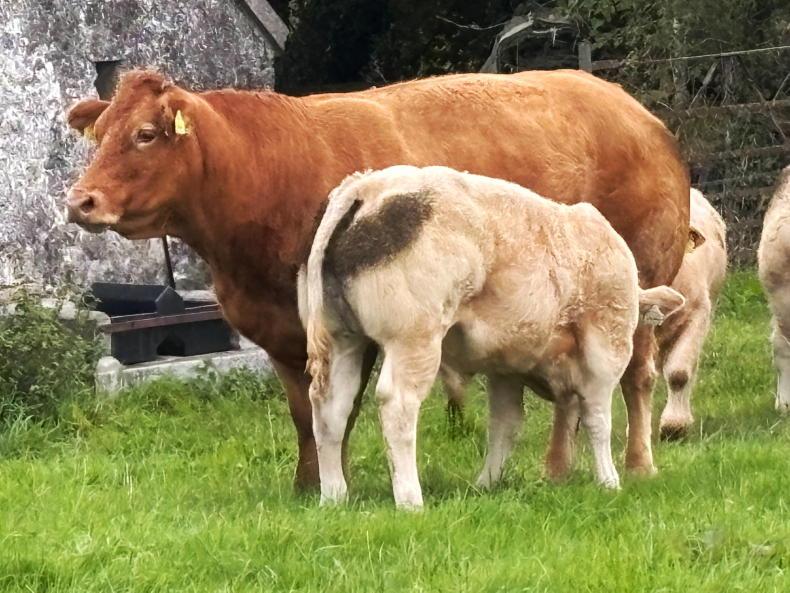
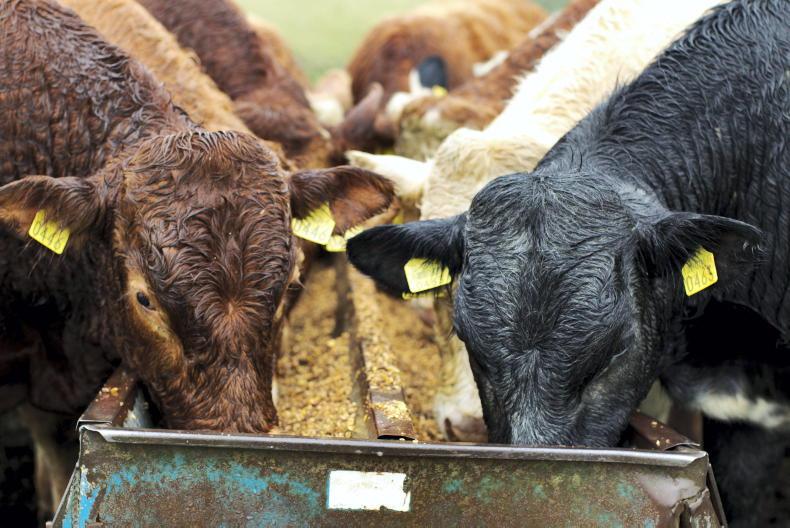
SHARING OPTIONS